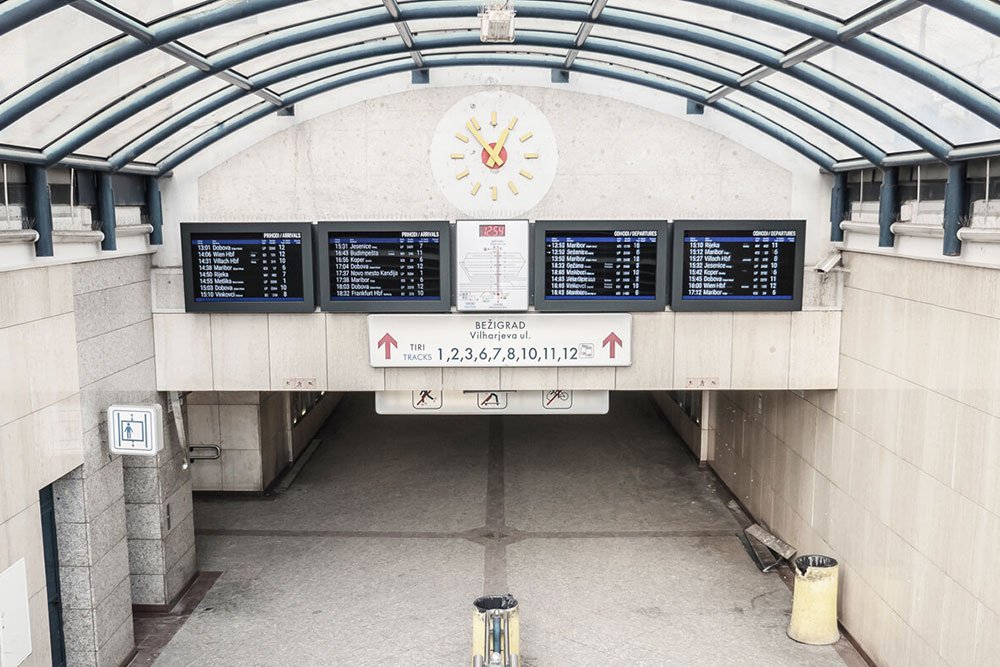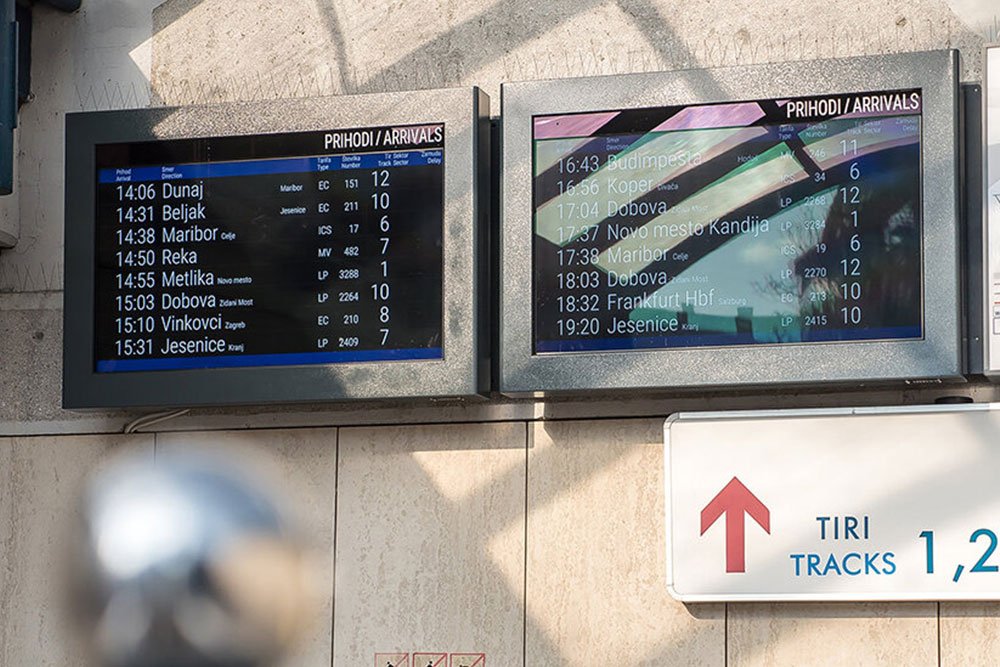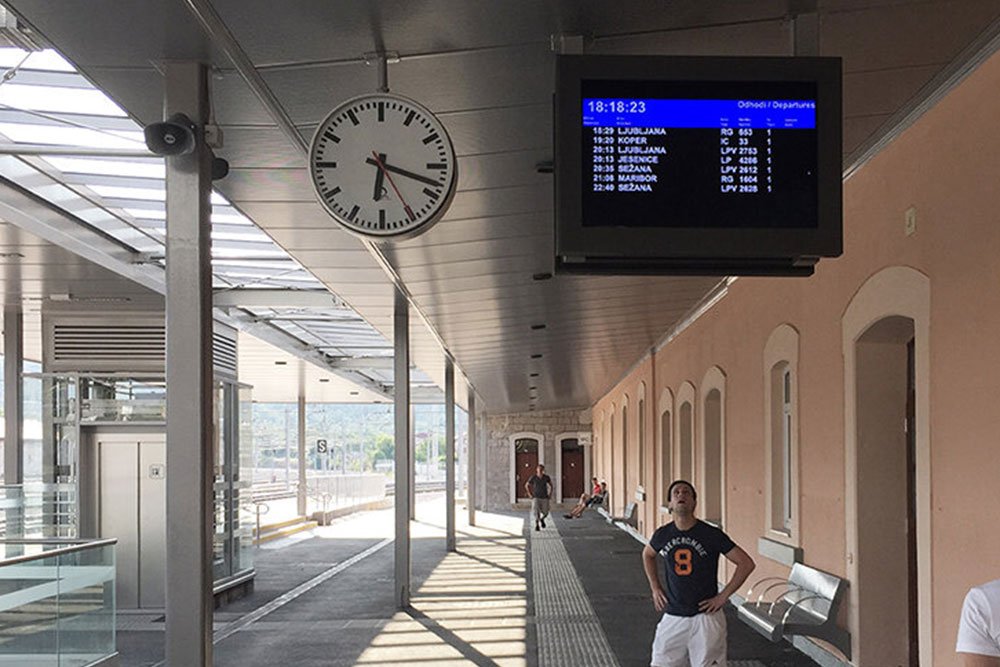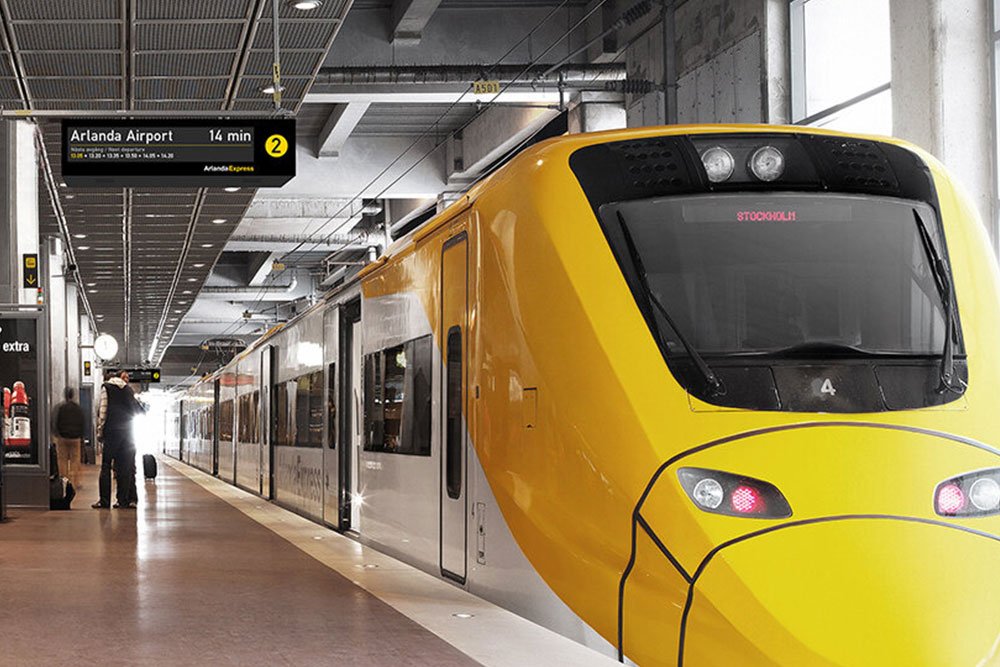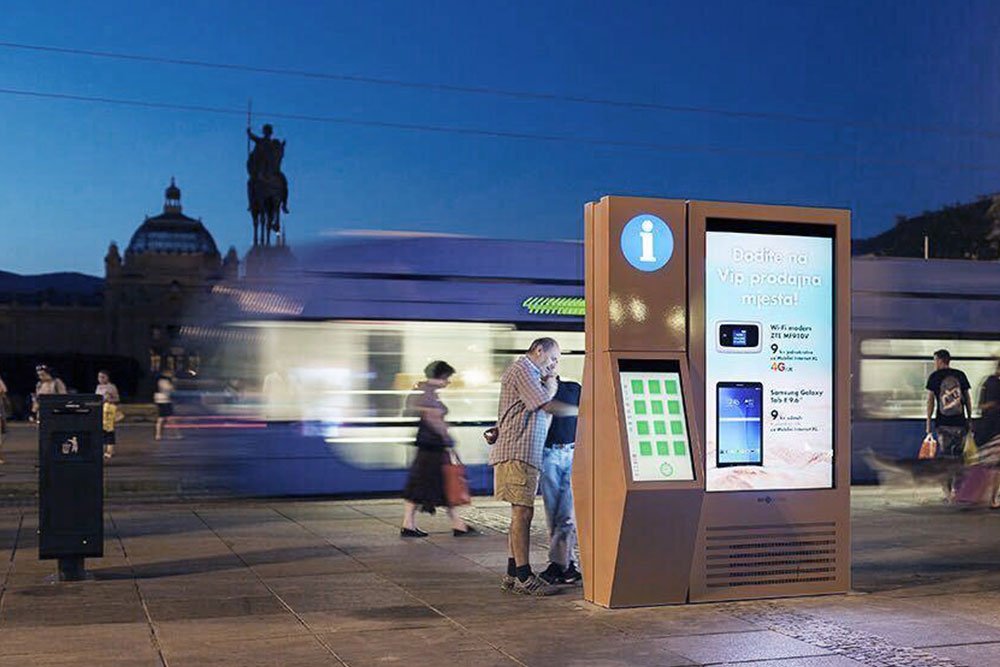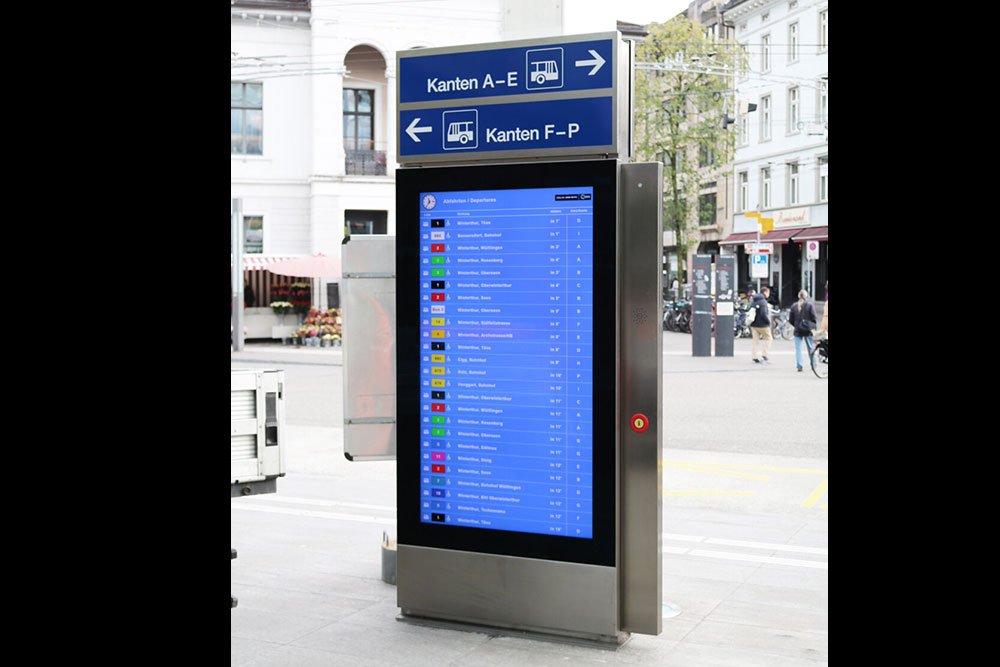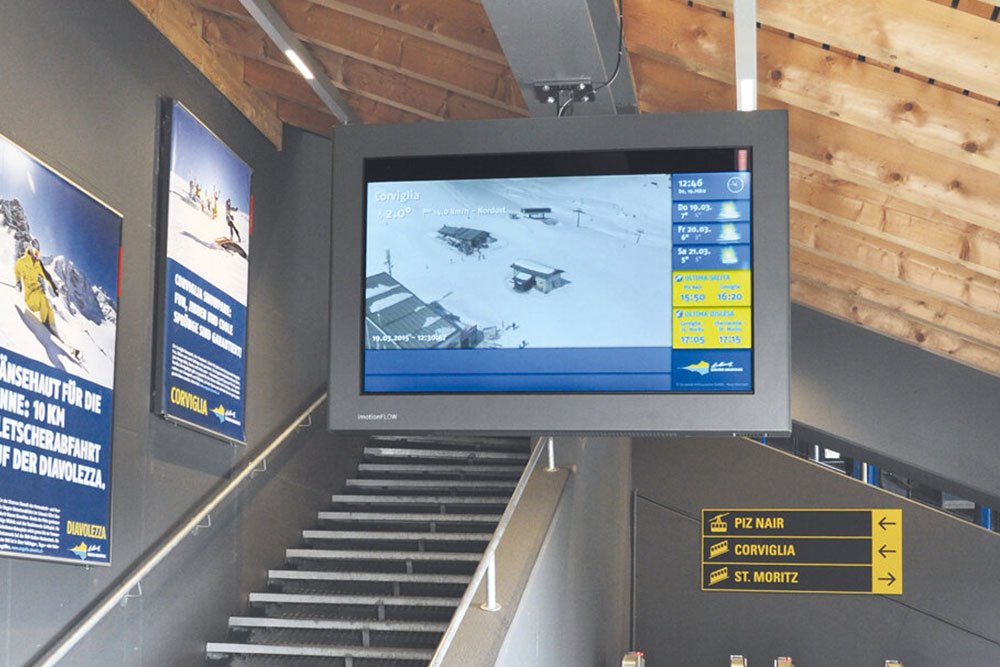New Level of Efficiency with Dynamic Passenger Information Systems
If you are not living in Tokyo, or Hong Kong you must have been sometimes in a bad mood because of the train delay. Public transport services do not always operate exactly according to the published timetable.
Dynamic passenger information systems recognize this fact and help encourage greater use of public transport. By providing real-time information to travelers, they are better able to conduct their journey confidently, including taking any necessary steps in the event of delays.
Digital Signs Solution in Transportation performs well in meeting passengers’ needs because:
They show real-time data about departure time confirmation, platform number, destination, and calling points.
They are a “focal point” for passengers entering a station.
Interactive screens can act as help points (3D maps, SOS, and INFO buttons).
Can show different information based on what you need to know at that point in the journey.
Factors that should be considered when selecting passenger information systems:
Harsh environment operation. The system needs to operate during the summer when it can be up to 90 degrees Celsius inside the enclosure, through to sub-zero temperatures in winter.
Robust and vandal-proof constructions. Waterproofing and dust proofing (IP rating), vibration, and shock (IK rating) are important to prevent failures.
Intelligence. Systems must be capable of reporting units’ health status for immediate reaction in case of failure and minimal on-site activities.
EMC interference protection. Electromagnetic interference from overhead traction supply systems can be a real issue.
Thoughtful design. Simple maintenance and great reliability, stability, and connectivity.

